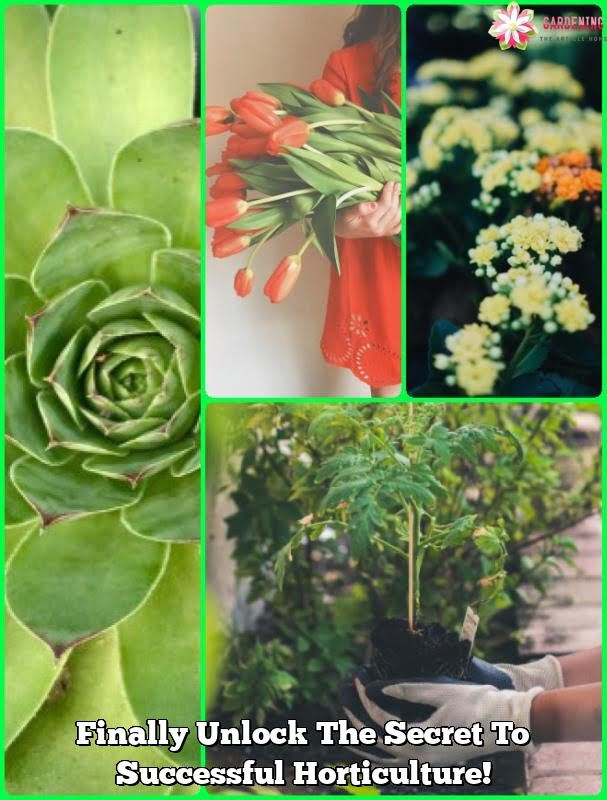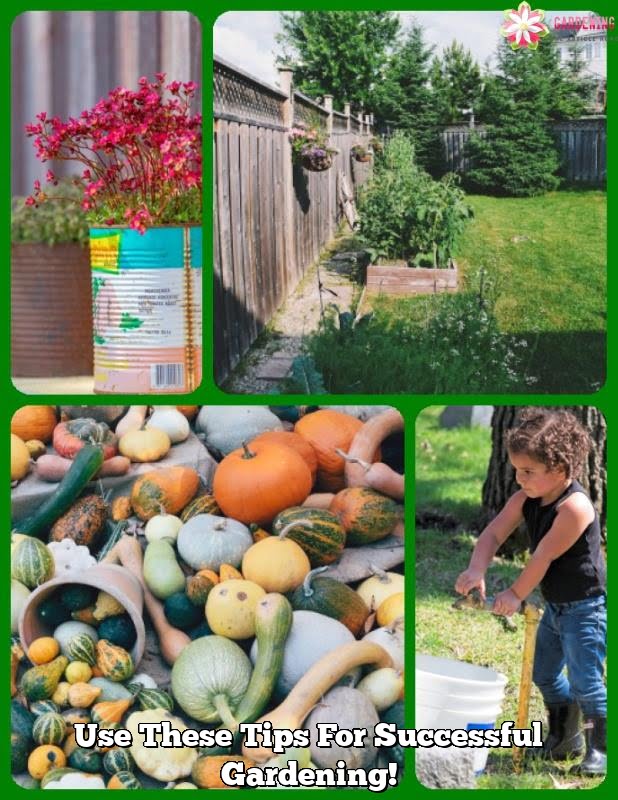One great way to improve your diet and give yourself a fun an interesting hobby is to plant an organic gardening. It does require some effort, however, though. Knowing this might make you ponder where you should start when planning an organic horticulture are most important.
Clay is difficult to dig through with a shovel, and you will often find that it sticks to the shovel. To make working in clay easier, apply a coat of automobile wax to your shovel first and then buff it lightly.The clay easily slides off of its surface while keeping the end from getting rusty.
Plants need to take in CO2 grow and thrive. Most plants grow better with more CO2. A greenhouse has the levels of CO2.
You can also repel your pet by planting rosemary or placing citrus fruit peels around your garden.
Mint Leaves
Do you enjoy fresh mint leaves though hate how they grow to take over your entire garden? You can stunt the growth by planting them inside a container or container! If you would like the mint leaves to still be in the ground, simply plant the container, but the pot’s walls will prevent the mint from spreading and being a nuisance in your garden.
You should make sure to divide irises. You can increase the number of irises you have by dividing up overgrown clumps. The bulbs should automatically divide in your palm, and once you put them back into the earth, and they will most likely flower next year. You can divide rhizomes using a knife. Cut rhizomes from around the outside and discard the remaining center. Each piece should possess at least one strong offshoot. Replant your new rhizome pieces right away.
Fertilizing your garden soil. Manure can help your plants grow quickly, though you should use products which minimize pathogens.
Using pest-resistant plants or natural materials in the garden will keep pests away. Slugs can be kept at bay with either onions or pungent vegetables. These are proven methods without having to use of harsh chemical pesticides.
Don’t use broad-spectrum pesticidal products anywhere in the garden. These pesticides also kill the beneficial insects that eat the pests. Beneficial bugs are more sensitive to these pesticides than the bugs that are detrimental to plants, so if the good bugs are eliminated, allowing the population of bad pests to multiply. This can result in your using more pesticides to get rid of the problem.
Use smarts when watering the garden. Use a soaker hose to save time so that you do not have to water each plant individually with a hose nozzle, so the garden can get watered while you are doing other tasks. Keep the water pressure on your hose low so it doesn’t spray up onto the plants’ leaves. Let your soaker hose run for a few hours while as you do other things.
Wear wide-brimmed hats, sunglasses, and sunblock. Protecting yourself from the sun is the best way to prevent sunburns and skin cancer later in life.
Using plants that all grow the same height will make your bed look uniform.
It can be easy to prepare your perennial garden ground. Use a spade to dig into the turf, turn the turf over, and spread wood chips on top to a depth of four inches.Let this sit for a couple weeks, then turn the earth and set up your new perennial bed.
Plant Material Consists
Your compost pile should contain green plants and dry plant materials.Green plant material consists of spent flowers, fruit waste, grass clippings, weeds, and leaves. Dried plant material consists of sawdust, sawdust, cardboard, cardboard, and cut-up and dried wood material. Avoid ashes, charcoal, diseased plants and meat-eating animal manure.
Create a raised bed for your garden out of stone, brick or untreated wood.Choose wood that is resistant to rot and is untreated. Some good choices you might consider are locust, cypress, and cedar.In a veggie garden, avoid using treated wood to enclose or demarcate different sections of your vegetable garden. If you have some space treated wood, you can use plastic liners, or a different barrier, in order to protect your garden.
If you need to prove to customers that your produce is legitimately organic, you should get an organic garden certified seal. This will up your sales and prove to your loyal customers that they have been getting is only the best that you possibly could get.
You may be able to skip watering for an entire day if rain is on the way.
Research local botanical insecticides that can help keep any pest population down. Natural insecticides can sometimes kill pests more powerful than ones that have chemicals in them. However, due to their biological makeup, they often decay and disappear quickly.
You can simply make a new garden for your perennials with a few steps. Simply use a spade to cut under the ground where you want to place your garden, then flip the turf over and spread a few inches worth of wood chips across the area. Wait a few weeks and then plant your perennials in the new bed.
You can save on water by using mulch in your garden. You can use store-bought mulch, parts of trees, or dead plant materials. The important thing is to have an adequate supply of it.
You should think about digging small trenches between rows of plants in your organic garden. This is a good way to save you water and money.
Water is crucial if you want a necessity if you want to have a healthy garden. On especially hot days, the soil can dry out, so a person has to make sure they are keeping the garden watered. Watering the garden properly will improve your garden’s result.
As you were reading through this article, were you inspired to put forth the research, time and effort into adopting organic gardening techniques? It is also important to understand that positive results require continued work; your efforts will not be a one time only thing. By keeping in mind the above tips, you’re on the right track towards being successful in your organic garden.

Welcome to my blog about home and family. This blog is a place where I will share my thoughts, ideas, and experiences related to these important topics. I am a stay-at-home mom with two young children. I hope you enjoy reading it! and may find some helpful tips and ideas that will make your home and family life even better!





